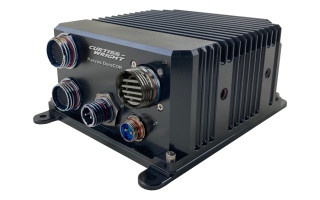GPU and FPGA go head-to-head - Story
November 16, 2020Today’s embedded-system designers have a great variety of processor types to select from, with FPGAs [field-programmable gate arrays] and GPUs [graphics processing units] adding their own various advantages and disadvantages for consideration in contrast to the more familiar CPUs [central processing units]. Understanding these characteristics and how FPGAs and GPUs stack up can help system integrators make the right choice when choosing and installing a processor, to be used either individually or in combination with other types of processors.








